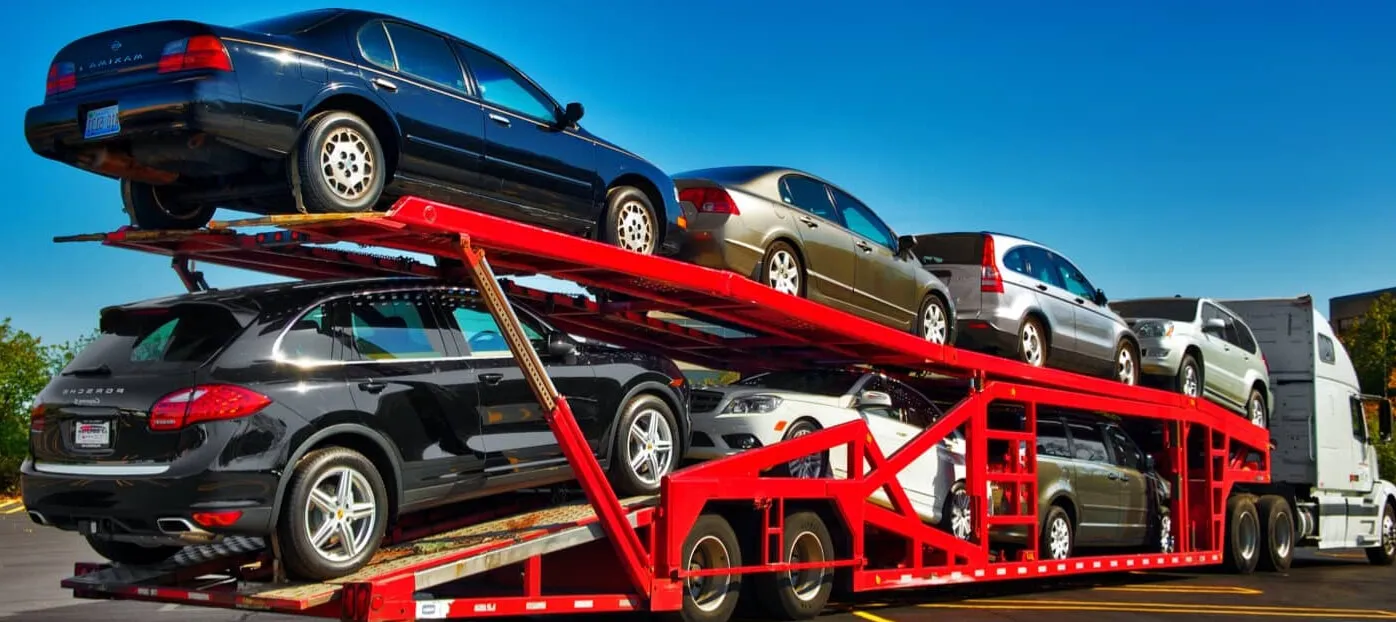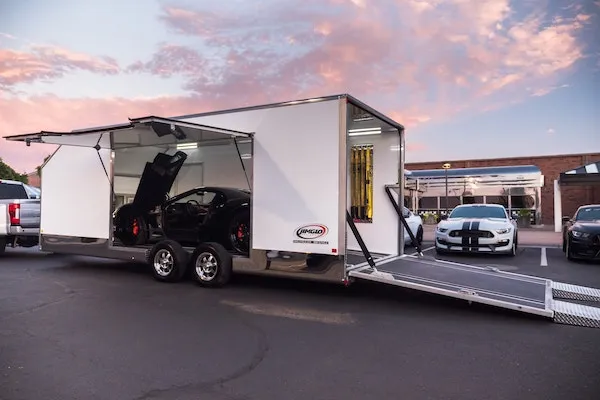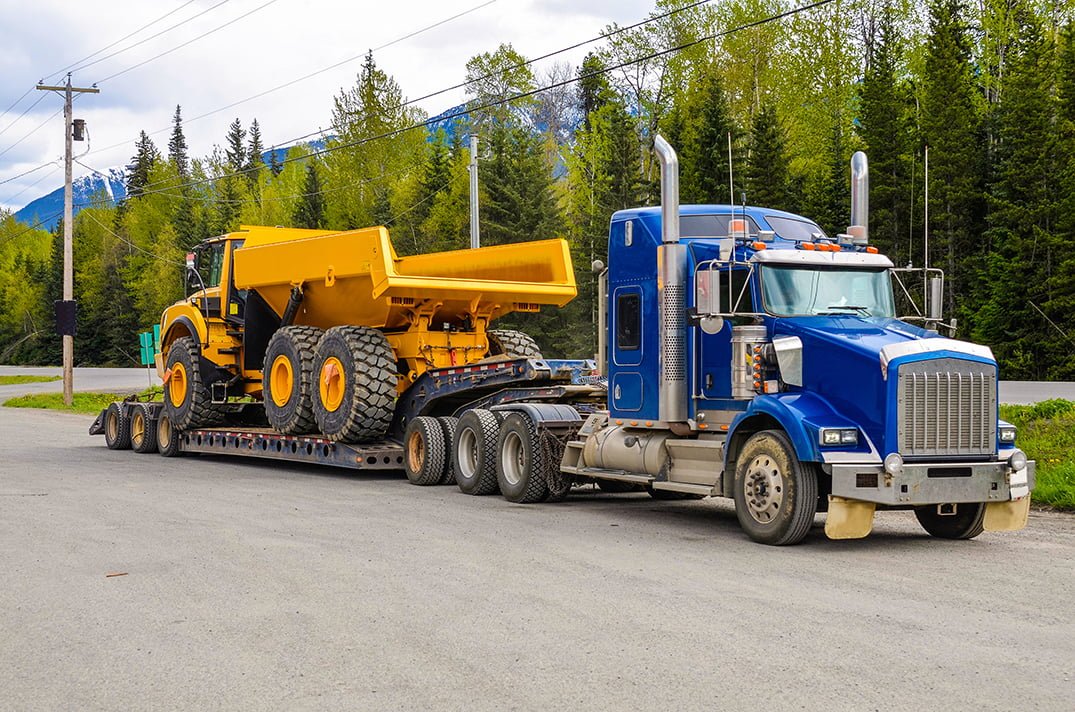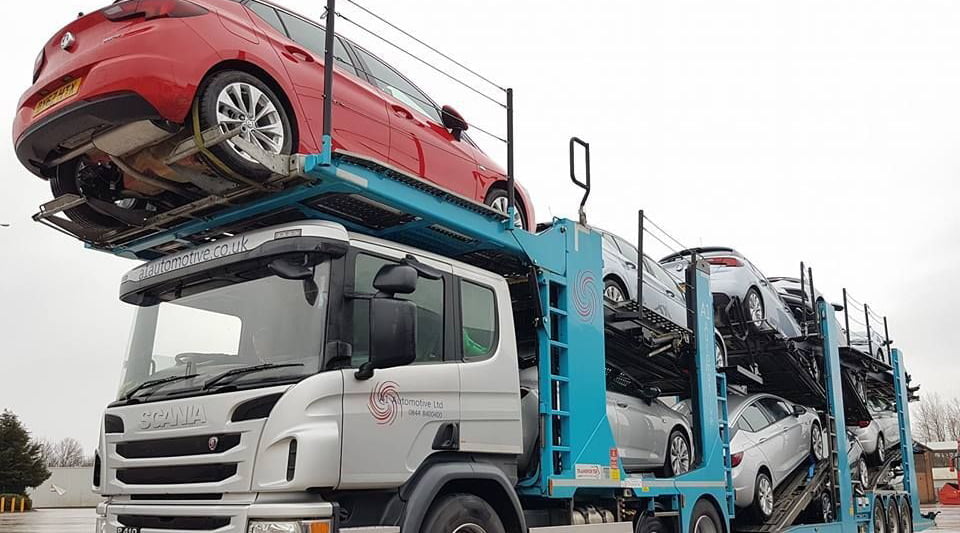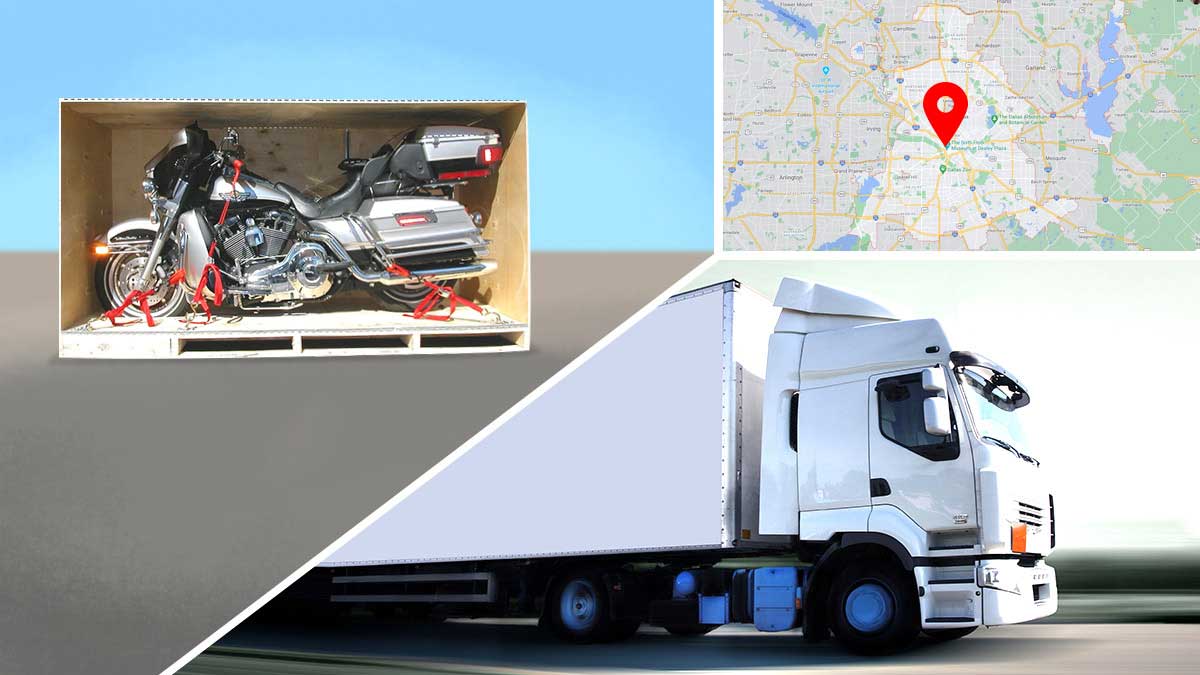Most automobile companies don’t start their investor presentations this way, but Elon Musk opened Tesla’s Investor Day presentation in Austin, Texas, with this comment.
The event was billed as the latest Tesla Master Plan, Musk’s third long-term strategy document for the business. Briefly, the first TMP, from 2006, involved financing an affordable EV through the sale of a more expensive sports car (the original Tesla Roadster). The second decade, which followed the first decade, broadened Tesla’s scope to include solar roofs with battery storage, broadening the company’s product line to “address all major segments,” from self-driving cars. Developed safe capacity, and found a way for Tesla owners. “Make money when they’re not using it.” Not every part of these plans has materialized.
The New Grand Plan of Tesla
Musk’s third master plan focuses on the entire planet. “Tesla’s mission is to accelerate the world’s transition to sustainable energy,” the business announced today, referring to its latest plan as “a path to a 100% renewable energy future for the planet.”
Musk said a sustainable energy economy is within reach, but achieving it will require huge investments in new technology — about $10 trillion. This equates to 240 tWh of energy storage (stationary batteries and electric vehicles) and 30 tWh of renewable electricity generation. Musk said the benefits significantly outweighed the costs, and over the next two hours of the presentation explained the vision, including several ways Tesla is working toward that goal and, of course, its own fleet of vehicles. How does it fit into the larger strategy?
Model 3 and Model Y were Modernised
As for new information about Tesla’s vehicles, the highlight wasn’t the actual presentation itself, but rumors of a redesigned Model Y codenamed Juniper. According to Automotive News, the redesigned Model Y will debut in 2024 with updated exterior and interior features. Moreover, a new Model 3 codenamed Highland is being developed.
While Tesla didn’t officially discuss these models during Investor Day, it did explain how it will build EVs on its next-generation platforms more efficiently than today, thanks to Thanks to a new process called unboxed assembly strategy, where the new platform and its integrated battery. The pack will allow the unknown future car to be assembled without a traditional automotive frame (box), making assembly cheaper and faster.
The fact is that Tesla has continuously increased the proportion of its own designed controllers in the powertrains of its vehicles. About 20% of the controllers in the first Model S were designed by Tesla. In Model Y, the ratio is 61%. In the Cybertruck, Tesla estimates that 85 percent of the controllers will be Tesla-designed, while in the next generation of vehicles, every controller will be Tesla-designed. According to Tesla, the main benefit of this transition will be better control over all software in the vehicle.
At the Investor Day event, a Cybertruck was also showcased, featuring a new steering yoke design, rear folding seats, and a screen for rear passengers.
Check in staff just told me only 50 of the 275 attendees are retail “lottery winners” $tsla https://t.co/3Z5esMoReH
— Matthew Donegan-Ryan (@MatthewDR) March 1, 2023


